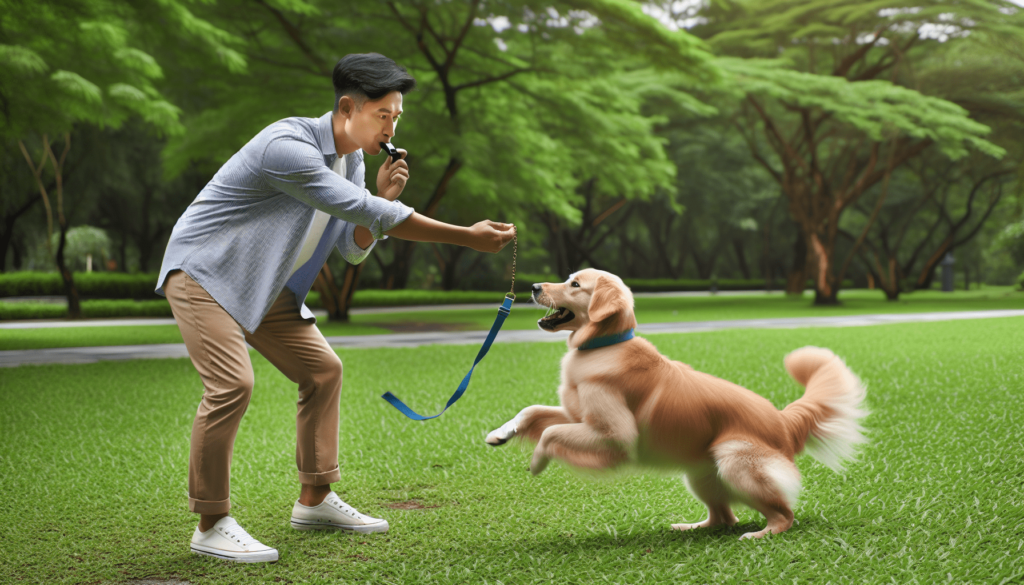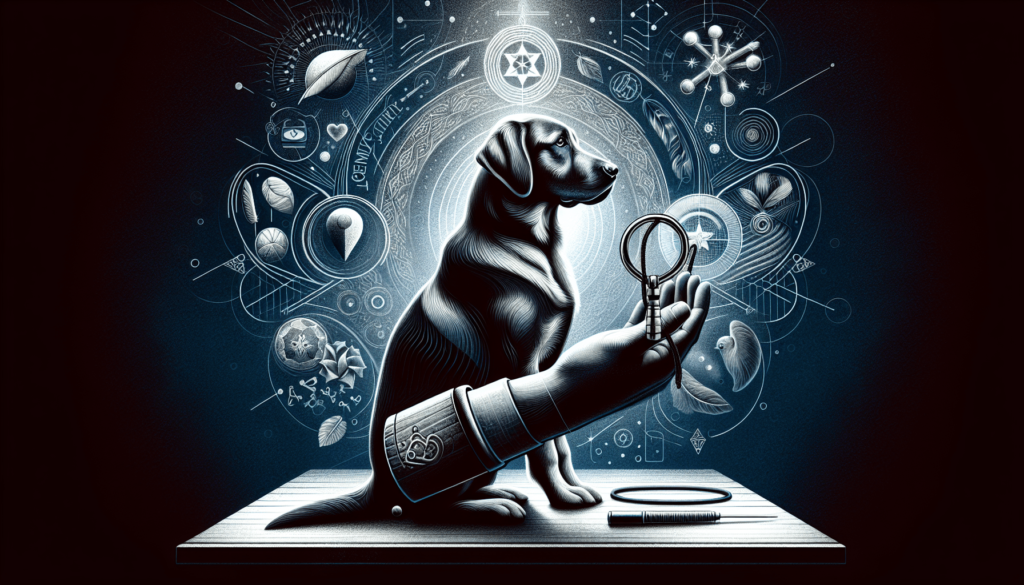Are you tired of constantly calling your dog’s name and having them completely ignore you? If you’re looking for effective strategies to improve your dog’s recall training, then this article is for you. We will explore the best techniques to ensure that your furry friend comes running back to you every time you call their name. From positive reinforcement to consistent practice, these strategies are designed to enhance the bond between you and your dog and make recall training a breeze. Say goodbye to the frustration of a disobedient dog and say hello to a well-trained and obedient companion.
Positive Reinforcement
When it comes to training your dog, positive reinforcement is key. This means rewarding your dog for good behavior rather than punishing them for mistakes. There are several ways to use positive reinforcement during recall training. One effective strategy is to use treats as rewards. Whenever your dog comes when called, give them a tasty treat to reinforce the behavior. Verbal praise and petting are also great forms of positive reinforcement. By showering your dog with love and affection when they come to you, you are reinforcing that coming when called is a good thing. Another tool you can use is a clicker. A clicker provides immediate feedback and allows you to mark the exact moment your dog performs the desired behavior. This can be especially helpful for shaping and reinforcing recall cues.
Start Indoors
When beginning recall training, it’s important to start in a quiet, distraction-free environment. This could be a room in your house or a small enclosed space like a backyard. By starting indoors, you are minimizing the chances of your dog becoming overwhelmed or distracted. This setting allows you to have better control over the training process and helps your dog to focus on learning the recall cue. Additionally, using a long leash during indoor training sessions can provide an added layer of control. By attaching a long leash to your dog’s collar or harness, you can gently guide them back to you if they don’t immediately respond to the recall cue.

Introduce Distractions Gradually
Once your dog has mastered the recall cue in a quiet environment, it’s time to start adding distractions. However, it’s important to do this gradually to set your dog up for success. Begin by introducing mild distractions, such as a toy or treat on the ground. Practice calling your dog when they are near the distraction and reward them for coming to you instead. As your dog becomes more comfortable with these distractions, gradually increase the level of difficulty. This might include having someone walk nearby, tossing a toy in the distance, or practicing in a busier environment. To maintain your dog’s focus during these more challenging training sessions, use higher-value treats. Using treats that your dog really loves will keep them motivated and attentive to your recall cue.
Practice in Different Locations
To ensure that your dog’s recall cue is reliable in any situation, it’s important to practice in different locations. Start by moving to a different room in your house or practicing in a different area of your yard. Then, gradually progress to more challenging environments, such as a park or busy street. By exposing your dog to various locations, you are helping them generalize the training and understand that the recall cue applies everywhere. It’s important to note that when practicing off-leash, you should always ensure that you are in a safe and enclosed area. This will prevent your dog from running off and ensure their safety during training sessions.

Teach a Reliable Recall Cue
Choosing a unique recall word or phrase is an important step in recall training. This word or phrase should be consistently used and easy for your dog to distinguish from other commands or noises. Common recall cues include words like “come,” “here,” or “recall.” Once you have chosen a recall cue, it’s essential to be consistent in using it. Always use the same recall cue during training and make sure that everyone in your household uses the same cue as well. Consistency will help your dog learn and recognize the recall cue more quickly and reliably.
Use a Long Line
A long line is a helpful tool for recall training, especially when transitioning from on-leash to off-leash practice. By attaching a long line to your dog’s collar or harness, you can give them more freedom to explore while still maintaining control. A long line allows you to gently guide your dog back to you if they don’t immediately respond to the recall cue. It also gives you the ability to prevent your dog from running into potentially dangerous situations. As your dog becomes more reliable with their recall, you can gradually decrease the length of the line until you can trust them off-leash.
Incorporate Recall Games
Making recall training fun and engaging is an effective way to reinforce the behavior. One enjoyable game to play is hide and seek. Start by calling your dog’s recall cue and then hiding somewhere in your house or yard. When they find you, reward them with treats and praise. This game not only reinforces the recall cue but also taps into your dog’s natural instinct to search and find. Another way to make recall training interactive is by using interactive toys. These toys often require your dog to come back to you in order to access treats or engage with the toy. By incorporating these games into your recall training, you are making the learning process enjoyable for both you and your dog.
Avoid Punishment
It’s important to avoid scolding or punishing your dog during recall training. Punishment can create fear and anxiety in your dog, making them reluctant to come when called. Instead, focus on creating a positive association with coming when called. Always reward your dog with treats, praise, and petting when they come to you. By creating a positive and rewarding experience, your dog will be more motivated to respond to the recall cue in the future.
Provide Mental Stimulation
In addition to physical exercise, mental stimulation is an essential part of keeping your dog happy and engaged. Engaging your dog in puzzle toys and games can help keep their mind sharp and make recall training more effective. Puzzle toys, such as treat-dispensing toys or interactive feeders, require your dog to problem-solve in order to access their food or treats. This mental challenge helps to tire them out and keeps them engaged during the training process. Incorporating mental stimulation into your dog’s routine will not only enhance their overall well-being but also increase their responsiveness to recall cues.
Maintain Consistency and Patience
Consistency and patience are key when it comes to recall training. Reinforcement of the recall cue should be consistent throughout your dog’s life. Even after your dog has mastered the recall cue, it’s important to continue reinforcing it regularly. This consistency will help keep the behavior strong and prevent any regression. It’s also important to remember that training takes time. Dogs learn at their own pace, so be patient and understanding during the process. Celebrate small victories and don’t get discouraged if progress is slow at times. With consistent training and a positive approach, your dog will become a reliable and well-trained companion.

